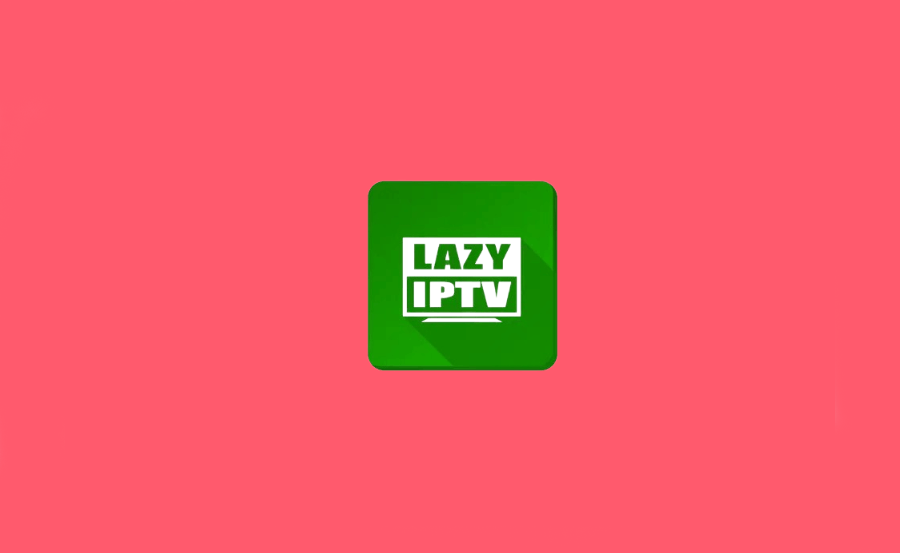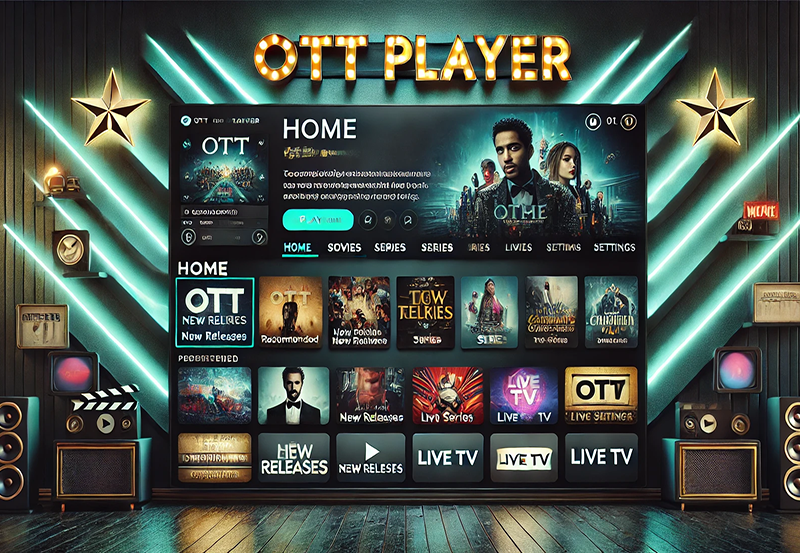In the rapidly growing world of digital entertainment, IPTV services provide a dynamic and convenient way to access television content. Among the myriad services available, Lazy IPTV has carved a niche, particularly due to its affordability and a wide variety of channel offerings. However, users often encounter technical hitches that interrupt their viewing experience. This article seeks to provide practical solutions for addressing these common concerns.
Understanding Lazy IPTV and Its Popularity
Lazy IPTV has emerged as a popular choice among viewers seeking affordable IPTV solutions. By offering a diverse range of channels without the hefty price tag associated with traditional cable services, Lazy IPTV allows users to discover superior IPTV viewing options without breaking the bank. This has led to a swelling number of subscribers, all drawn by the platform’s promise of flexibility and variety.
However, like any technology-driven service, Lazy IPTV is not immune to technical hiccups. By understanding how it operates, users can better troubleshoot issues when they arise. Lazy IPTV utilizes an internet connection to stream television content, which means that both local network and broader internet issues can affect performance.
Pro Insight:
Explore the latest UK shows with Best UK IPTV subscriptions for on-demand and live viewing.
Recognizing Common Lazy IPTV Issues
Users often report a few recurring problems when using Lazy IPTV. These issues can range from buffering to channel unavailability, or even app crashes. Understanding these common problems is the first step towards effective troubleshooting.
Buffering is perhaps the most pervasive issue. It’s usually caused by inadequate internet speed or connectivity issues. Alternatively, users might encounter unavailable channels, often due to server outages on the provider’s end. Less frequently, users may experience app crashes or failures to load, often tied to device compatibility or software version discrepancies.
The Role of Internet Connectivity
Ensuring a stable and fast internet connection is crucial for optimal Lazy IPTV performance. Most issues, like buffering or poor video quality, are directly linked to network strength.
To troubleshoot internet-related issues, begin by testing the speed using online speed test tools. A minimum of 5-10 Mbps is recommended for decent quality streaming without interruptions. Additionally, remember that the number of connected devices on your home network can throttle available bandwidth, affecting IPTV performance.
Effective Ways to Resolve Buffering
Buffering can disrupt the most engaging IPTV viewing experience. Fortunately, there are several ways to address this problem effectively.
Optimizing Internet Bandwidth
Consider reducing the number of devices connected to your network during IPTV usage. This can free up bandwidth, leading to smoother streaming. Also, ensure that no other high-bandwidth activities are impacting your connection, like large file downloads or excessive background internet usage on other devices.
Another effective measure is to upgrade your internet package if persistent speed issues persist. An upgrade might be necessary if your current plan does not support high-speed streaming, especially if multiple users share the connection.
Adjusting Lazy IPTV Settings
Sometimes, problems can be less about your internet and more about how Lazy IPTV itself is configured. Users should explore the quality settings within the app. Lowering the stream quality can sometimes reduce buffering by requiring less bandwidth for streaming.
Additionally, clearing the app’s cache can resolve some issues tied to outdated or corrupted data stored in the application’s temporary memory. Regularly clearing cache can improve overall app performance and help avoid buffering.
Tackling Channel Unavailability
Channel unavailability is another common complaint among Lazy IPTV users. It can be especially frustrating if you plan to watch specific content at a specific time.
Checking Provider Status
When a channel is unavailable, it’s worthwhile checking if the issue stems from the provider’s end. Often, providers undergo maintenance or face technical outages affecting specific channels or regions.
Visit the service provider’s official website or social media pages for the latest updates on service availability. Such platforms often offer real-time notifications about current outages or scheduled maintenance, helping you stay informed.
Refreshing Channel List
If channels remain unreachable despite your provider’s assurance of a normal operation, try refreshing your channel list in the app. This action prompts Lazy IPTV to update its server connections, restoring access to previously unavailable streams.
Should this fail, you might consider resynchronizing your device’s clock settings. Mismatched times can occasionally lead to failures in establishing connections with servers, therefore reinstalling the accuracy is a timely intervention.
Addressing Application Crashes
Experiencing app crashes can be disconcerting, especially if it happens frequently. However, there are straightforward approaches to mitigate this issue.
Updating Software and Applications
Ensuring your device’s software and the Lazy IPTV app are both up-to-date is crucial. Developers periodically release updates to fix known bugs and improve performance fidelity. Sometimes these updates are mandatory for maintaining compatibility with server-side changes.
Always check the app store for any new updates to Lazy IPTV. After installing upgrades, restart your device to ensure the changes take effect seamlessly.
Device Compatibility
Compatibility issues between Lazy IPTV and your device can occasionally lead to crashes. Verify that your device meets or exceeds the app’s technical requirements – these are usually listed on the app’s download page.
Incompatible hardware or outdated operating systems can contribute to application instability. If necessary, consider upgrading your device or utilizing alternative devices that offer better compatibility and performance with IPTV applications.
Enhancing Your IPTV Experience
Beyond merely addressing technical issues, there are proactive steps that users can take to maximize their IPTV enjoyment and ensure a smooth, hassle-free entertainment experience.
Choosing the Right IPTV Provider
Not all IPTV services are created equal, and selecting the right provider is paramount for a quality viewing experience. Look for services known for stability and offering the best IPTV channels.
Research thoroughly, comb through user reviews, and possibly test different options if feasible. Prioritize providers known for exceptional customer support, as they can readily assist if you encounter challenges.
Regular Maintenance and Checks
Just like any digital platform, routine checks and maintenance on your part can go a long way. Regularly clear app cache, update applications, and ensure your internet is at peak performance.
Staying updated on the latest IPTV developments can also enhance your experience. Subscribe to relevant forums or communities dedicated to IPTV topics to stay informed about tips, tricks, and the best practices from seasoned users.
A Fresh Perspective on IPTV
Drawing from traditional television’s evolution, IPTV offers a refreshing approach to content delivery—transforming how audiences consume media. By tackling technical issues head-on, as outlined in this guide, viewers can embrace Lazy IPTV’s offerings with minimal interruptions, discovering a superior IPTV viewing experience unlike any other.
Delving into these solutions builds confidence in managing IPTV issues, transforming potential setbacks into navigable challenges. By doing so, users craft a personalized and consistently reliable entertainment journey that stands up against the frustrations traditionally tied to digital streaming services.
Frequently Asked Questions

What internet speed is ideal for IPTV streaming?
For an optimal IPTV experience, a minimum internet speed of 5-10 Mbps is recommended. Higher speeds ensure better quality and less buffering, especially if multiple users are accessing the internet concurrently.
Why is my Lazy IPTV application crashing?
App crashes can result from outdated software, incompatibility with your device, or corrupted data in the app cache. Check for updates and ensure your device meets the app’s technical requirements, and clear cache regularly.
How can I resolve frequent buffering issues?
To tackle buffering, check your internet speed and reduce the number of devices on your network. You can also lower the IPTV quality settings and clear application cache to improve performance.
Are unavailable channels a common issue with Lazy IPTV?
Unavailable channels are often due to provider outages or maintenance. Always check the provider’s announcements for updates, refresh your channel list, and ensure your device’s clock settings are correct.
Can I switch IPTV providers easily if I’m unhappy with the service?
Yes, you can switch providers easily. It’s advisable to research and sample different options to find the service that best meets your needs and offers consistent service quality.
Does IPTV require specific hardware or devices?
No specific hardware is required, but ensuring that your device supports the IPTV application you choose is essential for seamless operation. Compatibility checks can prevent potential issues.
The Environmental Impact of Switching to a MAG Box Device





